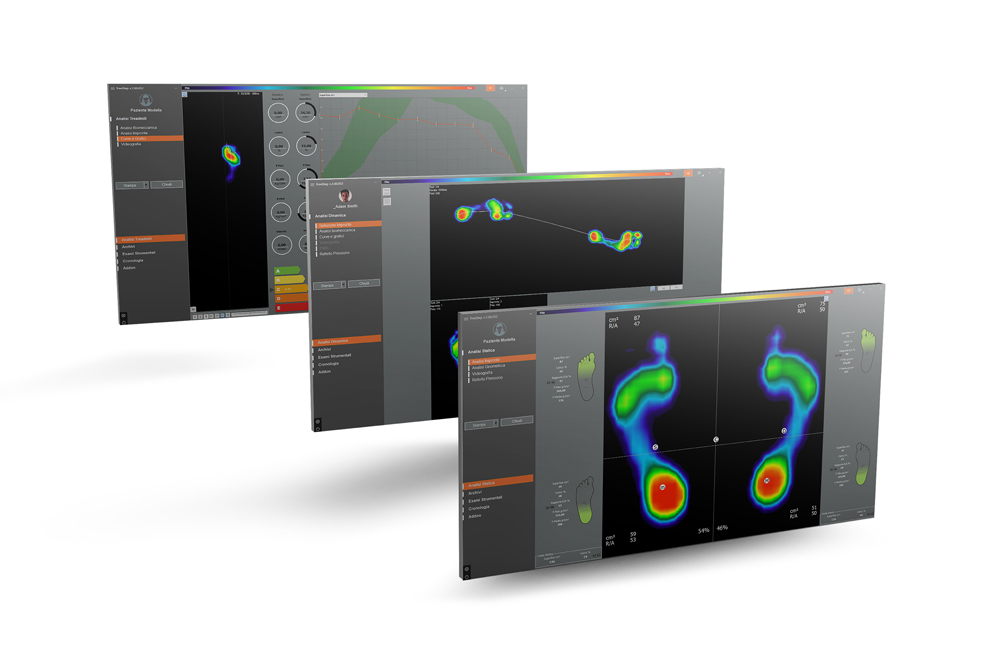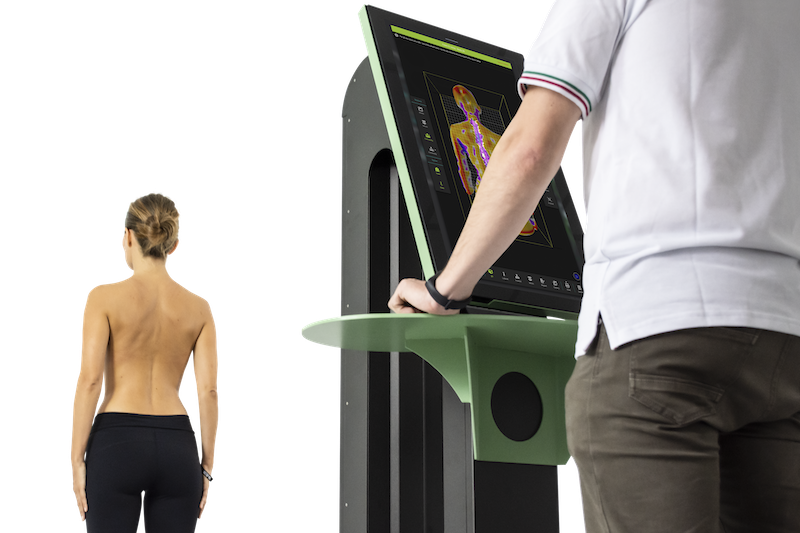Let's explore how technology and biomechanics work together, creating exciting new possibilities in medical science. Biomechanics is the study of the mechanical laws relating to the movement or structure of living organisms, while technology refers to the application of scientific knowledge for practical purposes. When these two fields intersect, we see innovations like advanced prosthetics, improved athletic gear, and cutting-edge surgical techniques. By understanding this intersection, we can appreciate the amazing advancements that are enhancing human life and health.
The Evolution of Biomechanics: A Historical Perspective
The field of biomechanics has undergone a fascinating evolution throughout history. It all started with the ancient Greeks, who first applied principles of physics to understand the movement of the human body. Fast-forward to the 19th century, when scientists began to delve deeper into the mechanics of human motion, leading to the creation of the first gait labs. However, the real revolution in biomechanics started with the advent of technology. The intersection of technology and biomechanics in the 20th century allowed for more precise measurements, accurate analysis, and detailed simulations. This has led to advancements in numerous areas, from improving athletic performance to developing cutting-edge prosthetics. The future of biomechanics promises even more exciting developments as technology continues to evolve.
Modern Technological Innovations in Biomechanics
Technological advancements are rapidly transforming the field of biomechanics. Tools like 3D motion capture systems, wearable sensors, and AI-driven software are becoming commonplace in this discipline. These innovations are allowing researchers to analyse human movements with unprecedented accuracy and detail. For instance, 3D motion capture systems such as
Sensor Medica's Moover Gait can track the intricacies of a person's movement, providing valuable data on how to improve physical performance or rehabilitate from injuries. Meanwhile, wearable sensors monitor physiological responses like heart rate and muscle activity in real-time, offering insights into how the body functions during different activities. Furthermore, AI-powered software is revolutionizing data analysis in biomechanics, making it quicker and more accurate. Thus, modern technology is proving to be a game-changer in the world of biomechanics.
The Role of Technology in Advancing Biomechanical Research
Technology plays a pivotal role in advancing biomechanical research by providing precise tools and sophisticated software. It has revolutionized the way scientists analyze human movement, muscle activity, and bone structure. High-speed cameras and motion sensors capture detailed movement patterns, while computer programs model and analyze these movements. Wearable technology, such as smart watches and fitness trackers, gather real-time data about a person's activity level and health metrics. This technological integration not only enhances the accuracy of research, but also opens new avenues for understanding the complexities of human biomechanics in a practical, real-world context.
The Impact of Biomechanical Technology on Sports Science
Biomechanics, the study of the mechanical laws relating to the movement or structure of living organisms, is now being enhanced with cutting-edge technology. These advancements are providing detailed analysis of athletes' performance, enabling coaches to identify areas for improvement. For example, motion capture technology can track an athlete's movement in real-time, helping to pinpoint any inefficiencies and reduce the risk of injury. Also, wearable devices can monitor heart rate, speed, and distance, providing valuable data to optimize training. Thus, the fusion of technology and biomechanics is transforming sports science, leading to enhanced performance and injury prevention.
The Future of Biomechanics: Predicted Technological Developments
The future of biomechanics is incredibly promising, with new advancements in technology poised to revolutionize the field. We can expect to see significant developments in areas such as prosthetics, where 3D printing and artificial intelligence will allow for the creation of highly personalized, responsive devices. Wearable technology is another area set for major growth, with devices that can monitor and analyze body movements in real-time. This could have profound implications for sports science, physical therapy, and even video gaming. In addition, breakthroughs in robotics and nanotechnology could lead to new treatment options for conditions affecting the musculoskeletal system. The intersection of technology and biomechanics is an exciting space to watch, promising to transform the way we understand and interact with the human body.
Biomechanical Technologies for Improved Healthcare and Rehabilitation
In the exciting crossroads of technology and biomechanics, innovations are transforming healthcare and rehabilitation. Biomechanical technologies, like prosthetics and exoskeletons, are enhancing mobility and strength for individuals with physical disabilities. These smart devices, equipped with sensors and artificial intelligence, mimic natural movements, thus helping patients regain independence and improve their quality of life. Furthermore, biomechanics is also revolutionizing preventive care. Wearable technologies, for instance, can monitor body movements and provide real-time feedback, enabling early detection of potential health issues. Therefore, the integration of technology and biomechanics is not only empowering individuals but also reshaping the future of healthcare and rehabilitation.
Ethical Considerations and Challenges in Biomechanical Technology
The growth of biomechanical technology has opened up amazing possibilities in the healthcare sector. However, these advancements are not without ethical considerations and challenges. For instance, the use of biomechanical devices could risk patient privacy, as personal health data could potentially be accessed by unauthorized parties. Moreover, the cost of these high-end technologies might limit access for underprivileged patients, leading to a disparity in healthcare services. It's also necessary to ensure that these devices function effectively without causing harm or discomfort to the users. Therefore, it's crucial for developers and healthcare providers to address these ethical issues to ensure the technology is safe, accessible and beneficial for all.
How Technology is Shaping the Future of Biomechanics Education and Careers
Technology is significantly transforming the landscape of biomechanics education and careers. Advanced tools such as 3D imaging, artificial intelligence, and virtual reality are becoming integral parts of learning, research, and practical applications in the field. These technologies allow for more accurate data collection, analysis, and visualization, enhancing the understanding of human movement and its effects on the body. Furthermore, they are opening up new career opportunities in areas like sports science, rehabilitation, and prosthetic design. As technology continues to evolve, its role in biomechanics will only grow, making tech-savvy a crucial skill for aspiring biomechanists.
Conclusion: The Continuing Fusion of Technology and Biomechanics
In conclusion, the merger of technology and biomechanics is not ending anytime soon. In fact, it's becoming more intertwined every day. With advancements in AI, robotics, and data analysis, we're able to understand and improve the human body in ways we never thought possible. From creating more efficient prosthetics to developing new ways to treat diseases, this fusion is revolutionizing healthcare and pushing the boundaries of what's achievable. As we continue to innovate, the possibilities seem endless. This exciting intersection of technology and biomechanics promises a future full of breakthroughs and discoveries that could dramatically enhance our quality of life.


































































